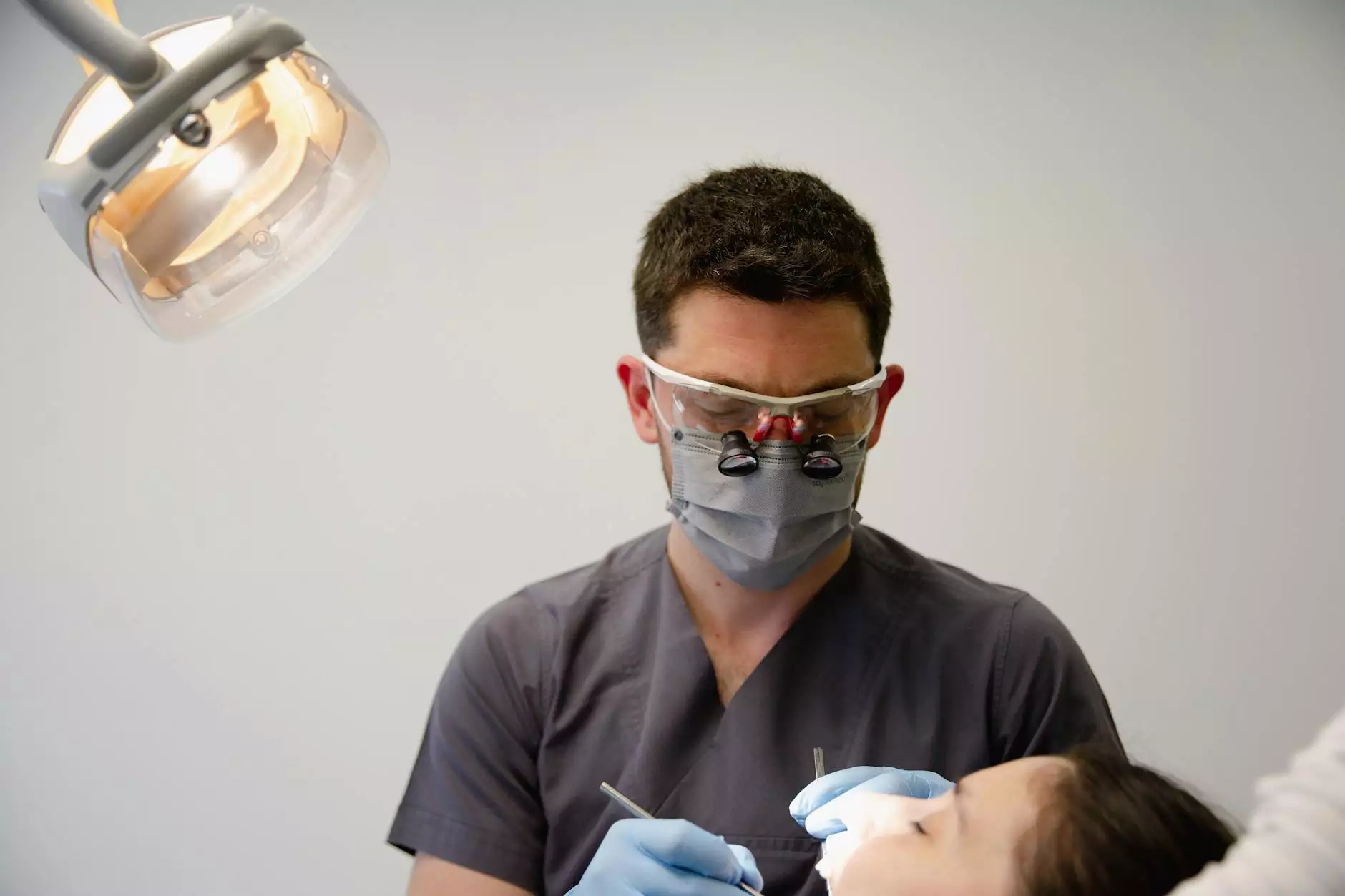Understanding Bilateral Salpingo Oophorectomy: A Comprehensive Guide

The term bilateral salpingo oophorectomy may sound complex to many, but understanding its significance in the realm of women's health can empower patients and families alike. This article delves into the details of this surgical procedure, providing an in-depth look at its purpose, methodology, and implications for women’s reproductive health.
What is Bilateral Salpingo Oophorectomy?
A bilateral salpingo oophorectomy refers to the surgical removal of both ovaries and both fallopian tubes. This operation is often recommended in cases of severe medical conditions such as:
- Ovarian Cancer: The most critical reason for this procedure.
- Endometriosis: Severe cases may necessitate the removal of the ovaries.
- Ovarian Cysts: Large or persistent cysts that pose health risks.
- Genetic Predisposition: Family history may warrant preventive measures.
Indications for the Procedure
The decision to undergo a bilateral salpingo oophorectomy is not taken lightly. Healthcare providers assess various factors, including:
- Diagnosis: The presence of cancerous cells or abnormal growths.
- Age: Older patients may have different considerations.
- Health Risks: Conditions like BRCA mutations increase cancer risk.
The Surgical Procedure: What to Expect
Understanding the surgical procedure helps alleviate anxiety associated with the unknown. Generally, the surgery can be performed through two main methods:
Laparoscopic Surgery
This minimally invasive technique involves small incisions and the use of a camera. Benefits include:
- Reduced Recovery Time: Faster return to normal activities.
- Minimal Scarring: Smaller incisions lead to less noticeable scars.
- Less Pain: Typically results in less postoperative discomfort.
Open Surgery
In some cases, open surgery may be necessary, particularly if the patient presents complications or if the condition is advanced. This approach includes:
- Longer Recovery: Patients may require more time to heal.
- More Pain and Scarring: Typically associated with larger incisions.
Preparation for the Surgery
Prior to undergoing a bilateral salpingo oophorectomy, initial consultations are crucial. Patients should:
- Discuss Medical History: Inform the doctor of any previous surgeries, allergies, or medical conditions.
- Understand Preoperative Instructions: This may involve dietary restrictions and medication adjustments.
- Arrange for Postoperative Care: Have a recovery plan in place as support is vital during recovery.
Recovery Process
The recovery timeline following a bilateral salpingo oophorectomy can vary. Generally, the following points outline the typical healing stages:
- Hospital Stay: Most patients remain in the hospital for one to three days.
- Pain Management: Pain can be managed with prescribed medications.
- Physical Restrictions: Avoid heavy lifting and strenuous activities for a specified period.
- Follow-Up Appointments: Essential for monitoring recovery and addressing potential complications.
Implications for Future Health
After undergoing a bilateral salpingo oophorectomy, several health aspects should be considered:
- Hormonal Changes: The loss of ovaries may lead to hormonal imbalances, necessitating hormone replacement therapy.
- Fertility Impact: This procedure eliminates the possibility of natural conception.
- Emotional Well-Being: Counseling may be beneficial for emotional adjustments post-surgery.
Living After a Bilateral Salpingo Oophorectomy
Patients who undergo this procedure can lead fulfilling lives post-surgery with the right support and management. Incorporating healthy lifestyle changes, regular follow-ups, and seeking mental health support are pivotal. Here are some tips for living well:
- Engage in Regular Exercise: Helps maintain physical and mental health.
- Maintain a Balanced Diet: Supports overall wellness and hormonal balance.
- Stay Informed: Knowledge about health conditions can empower patients.
Conclusion
In summary, a bilateral salpingo oophorectomy is a significant medical procedure that plays a vital role in improving women's health outcomes in the face of serious medical conditions. Understanding its implications can help patients make informed decisions and navigate the complexities of their health journeys.
For more information and guidance regarding bilateral salpingo oophorectomy and other women’s health issues, please visit drseckin.com for professional assistance.
salpingo oophorectomy bilateral








